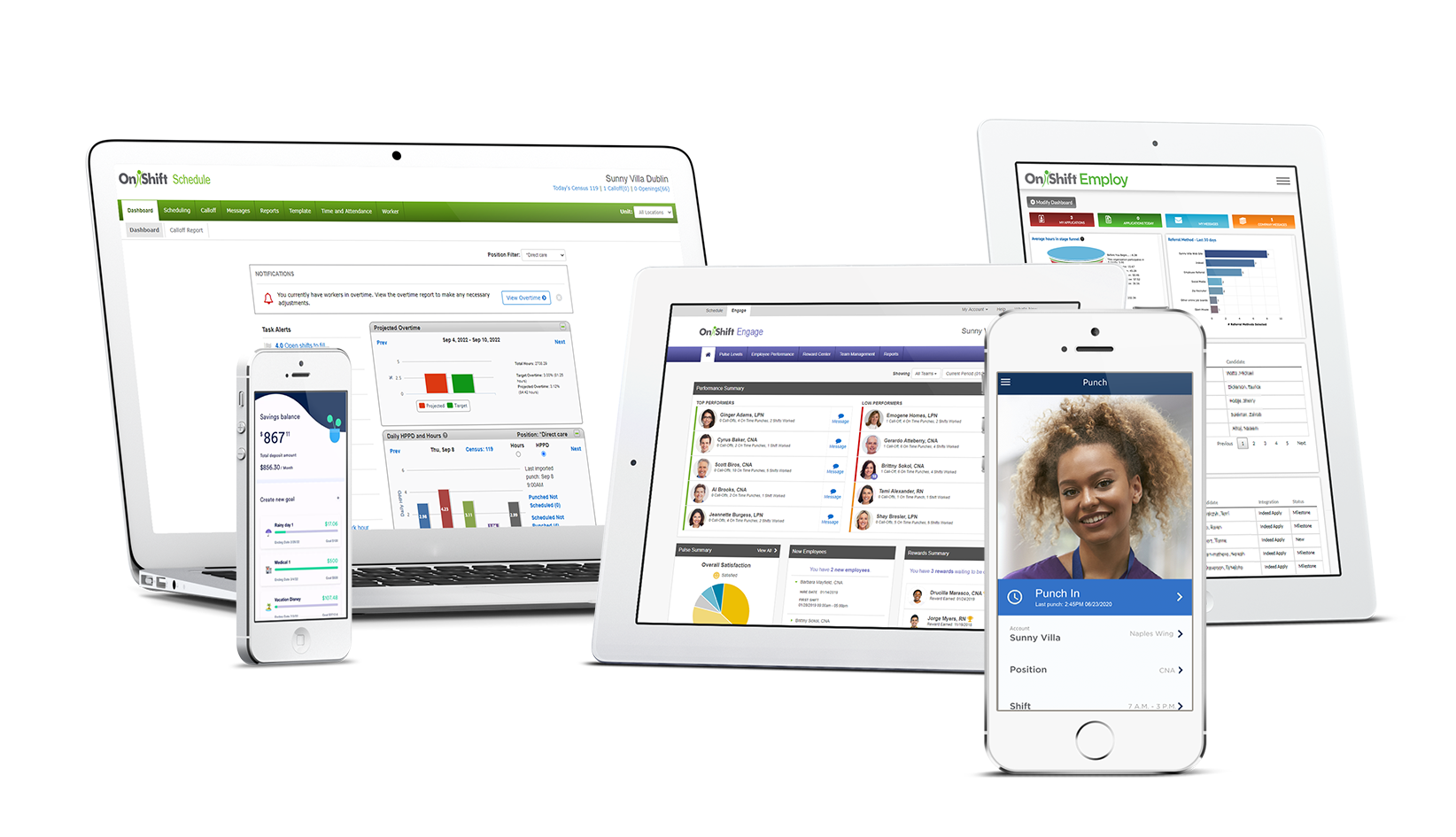July 27, 2016 | Mike Pumphrey
July 27, 2016 | Mike Pumphrey
 A one size fits all approach to managing your staff is rarely sufficient for post-acute and senior living providers, especially when it comes to communication. But effective communication is key in engaging and retaining employees in senior care, especially millennials.
A one size fits all approach to managing your staff is rarely sufficient for post-acute and senior living providers, especially when it comes to communication. But effective communication is key in engaging and retaining employees in senior care, especially millennials.
Effectively communicating with millennial workers in the senior care space is a rising challenge, given their reliance on technology and expectation for constant feedback. But that challenge is multiplied even further when you take into consideration the various other generations on your staff and their preferred methods of communication.
Considering that the working population currently spans five generations—traditionalists, baby boomers, generation X, generation Y (or millennials) and initial entrants from generation Z—there are bound to be different communication preferences among your workforce.
Of course, that means you must put forth the effort to understand each generation’s preferences in order to develop a comprehensive communications strategy.
Traditionalists: Also known as the silent generation, traditionalists were born between 1925 and 1941. Most of the approximately 55 million people who make up this generation are now retired, but there are still a select few in the workforce. Traditionalists tend to prefer face-to-face and phone interactions, though email usage has been on the rise in recent years.
Communicate with traditionalists in person or over email.
Baby boomers: Born roughly between 1942 and 1964, baby boomers are 76 million people strong. This massive group is similar to its preceding generation in that baby boomer adults are known for their avid relationship skills and preference for more personal interactions. However, baby boomers have also been quick to adapt to technological advances in recent years, turning to the likes of email and text messaging.
Communicate with baby boomers in person, over email or via text message.
Generation X: After the baby boomers comes generation X, which consists of 50 million people born from the mid-1960s to the late 1970s. This generation is considered the first to be completely at ease with technology, and they enjoy communicating electronically.
Communicate with generation X over email or via text.
Millennials: Born from the early 1980s to around 1996, millennials are 80 million in force and now make up the largest segment of the American labor pool. Millennials grew up in the technological world, with computers, cell phones and the Internet at their fingertips. As such, this generation demands instant access when it comes to communication.
Communicate with millennials over text message. Be ready to respond quickly as Millennials move fast when they are communicating.
Generation Z: Sometimes deemed iGen or Gen-Z, generation Z is defined as those born from the mid-1990s through the 2010s, and generally includes those up to ages 18 or 20. This generation is the first to conduct relationships through portable devices and are considered the true digital natives.
Communicate with generation Z digitally. Always digitally.
Ensuring successful communication based on this knowledge of each generation can go a long way toward engaging your employees and advancing your company’s goals. At the same time, organizations can fall victim to excessive or irrelevant messaging or unreliable methods.
As a result, there are two top considerations senior care providers can make in addressing their multigenerational workforces. And they’re simpler than you might realize.
First, instead of shooting one communication arrow and hoping it lands with the intended audiences, let your staff select how they’ll receive a message. They can choose between the likes of voice calls, text messages or emails. Choose technology platforms that offer this type of opt-in so users can elect their own preferred mode of communication.
Second, target specific groups to receive certain messages. This method saves time and energy on both the sending and receiving ends, and it also boosts engagement and avoids confusion among staff, as workers obtain only information relevant to them.
Managing across generations is not a simple task, to be sure. But reaching every employee, especially millennials, is feasible and important in senior care.
Subscribe to the OnShift Blog
Recent Posts
Categories
About Mike Pumphrey
Mike Pumphrey is Vice President of Product Marketing at OnShift. His expertise in staffing and labor management strategies in long-term care and senior living is foundational to his role leading OnShift’s Product Marketing team. Mike works hand-in-hand with state and national associations, senior care providers, and with OnShift’s Customer Success and Product teams to create impactful best practices aimed to help solve the daily workforce challenges in senior care. Mike shares insights, research and recommendations to improve clinical, operational, and financial outcomes through regular blog posts and conference speaking engagements.
See for yourself why thousands of providers rely on OnShift’s innovative software for recruitment, hiring, workforce management, pay and engagement. Request your personalized demo today.
